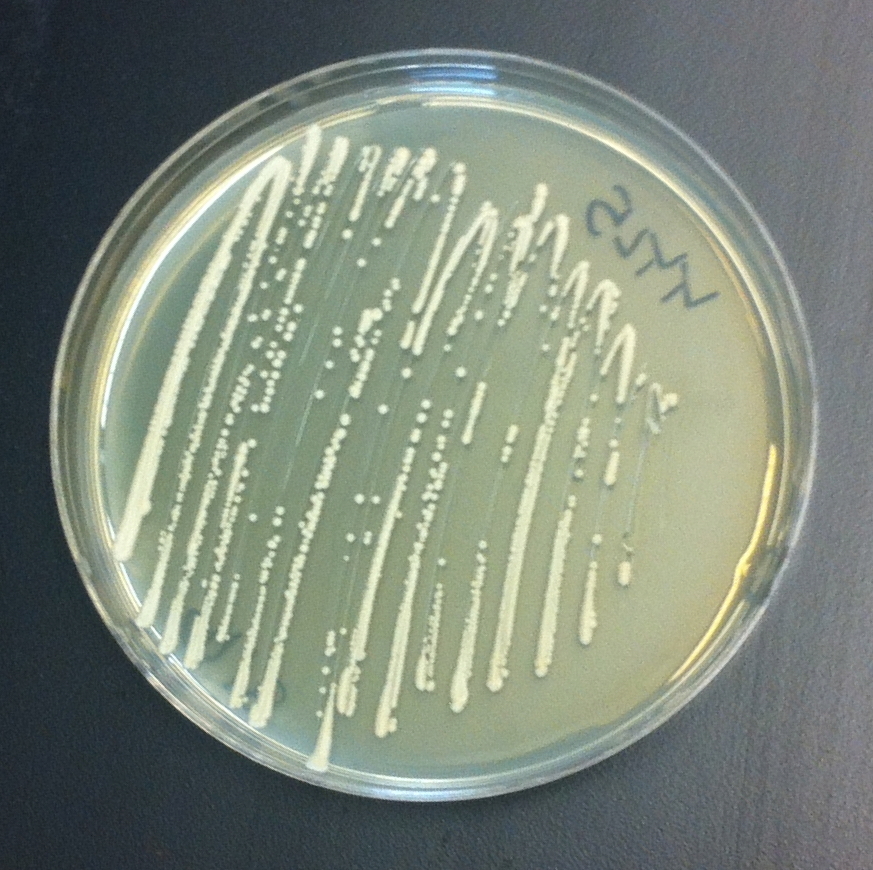Genetically Modified Yeast Strains Produce Opioid Drugs From Sugar

Researchers from Stanford University, with funding from NCCIH, have created an innovative way to produce opioid drugs from sugar using genetically modified yeast. The new process and the methods used to develop it are described in a recent issue of the journal Science.
Opioid drugs, such as morphine and codeine, play important roles in treating severe pain and in palliative care. All drugs in this class are currently derived from only one source, the opium poppy, and the supply of this plant is unstable because environmental factors such as pests and disease can threaten the crop. Producing opioids through biosynthetic methods, using genetically engineered microorganisms, could lead to a more reliable supply of these crucial medicines.
In previous work, the Stanford researchers and others genetically engineered yeast cells to carry out portions of the complex multi-step process for producing opioids from sugar, but they weren’t able to create a yeast strain that could do the job from start to finish. Now, using genes from a variety of plants, mammals, and microorganisms, the Stanford group has created yeast cells that can perform the entire process of manufacturing the opioids thebaine and hydrocodone using sugar as the starting material—a process that involves more than 20 separate steps.
Open discussions of options for governing this technology are also needed in order to responsibly realize alternative supplies for these medically relevant compounds. The new process of manufacturing opioids from yeast isn’t yet a feasible alternative to poppy farming because it’s not efficient enough for commercial use. However, future research with yeast is likely to lead to substantially better opioid production. The new technique illustrates the potential value of genetically engineered yeast as a platform for producing many complex chemicals and materials.
Reference
- Galanie S, Thodey K, Trenchard IJ, et al. Complete biosynthesis of opioids in yeast. Science. 2015;349(6252):1095–1100.
Publication Date: August 13, 2015